Home Treatments Orthopedics
Are you looking for advanced orthopedic care at an affordable cost without compromising on the quality of care?
India has well-known hospitals like Medanta and Apollo that provide advanced technologies like robotic-assisted surgeries, 3D imaging, and minimally invasive techniques. Whether you need a joint replacement or treatment for an injury, you will receive excellent care.
Additionally, with the lowest-cost treatment, highly skilled surgeons, and personalized rehabilitation programs, India combines quality and affordability, which makes it the preferred destination for orthopedic solutions.
Discover the best orthopedic treatment in India and regain your mobility with confidence.
Orthopedics is the specialty medical branch that deals with the study, diagnosis, and treatment of the skeletomuscular system, which includes your joints, bones, and, in some cases, muscles.
However, orthopedics is one of the most demanded medical branches globally. It has also evolved drastically and developed in terms of technology and treatments in the past 50-60 years.
India’s orthopedic department has embraced various advanced technologies that help to enhance patient care and surgical outcomes, which include:
Technique | Detail |
Robotic-Assisted Surgery | Robotic surgery is widely used in joint replacements and other complex procedures that help to ensure better alignment and provide faster recovery. |
3D Printing Technology | 3D printing enables the creation of patient-specific implants and tools that offer customized solutions for complex procedures. |
Artificial Intelligence (AI) | AI plays a significant role in diagnostics and treatment planning, which helps to enhance accuracy and enable personalized care. |
Computer-assisted navigation systems | It is used during surgeries that help to provide real-time guidance in joint replacements and spinal disorders, ensuring precise implant placement. |
Patient-specific instruments (PSI) | It helps to provide customized matches of individual anatomy that help to improve surgical outcomes in knee and hip replacement. |
Augmented reality (AR) | It helps to enhance visualization during complex procedures such as spinal surgeries, which allows surgeons to get greater precision. |
ORIF (Open Reduction and Internal Fixation) | It's a surgical procedure that is used to treat serious bone fractures. Additionally, this procedure involves open reduction, in which a surgeon makes an incision to realign the broken bones and internal fixation, where the bones are held in place with hardware. |
Epidural injections | It helps in delivering medication, typically steroids and local anesthesia, into the epidural space around the spinal cord to treat pain from conditions like a herniated disc or spinal stenosis. |
Viscosupplementation | It's a technique in which a gel-like fluid called hyaluronic acid is injected into a joint, most commonly the knee, to treat osteoarthritis. |
Spinal fusion surgery | It's a surgical procedure that helps to join two or more vertebrae to eliminate movement between them which effectively creating a single, solid bone. |
The average cost of cardiac surgery in India is 5000 USD, which varies and depends on the type of surgery. Like coronary artery bypass grafting, which starts from 4500 to 5500 USD, and mitral valve replacement has an average cost is 8500 USD, and many more.
Note: To get to know more details about the orthopedic procedures available in India, scroll down to get the list.
There are millions of patients suffering from joint problems and seeking the right treatment for them. Here are some factors that make India a preferred destination for orthopedic treatment:
The Indian healthcare system is well-developed and has the best hospitals and medical centers for orthopedic treatment, and they also follow international quality standards and are accredited by authorities such as JCI and NABH. Apart from that, the best hospitals for orthopedics in India have a patient-centric environment and have a high success rate among patients.
Additionally, the hospitals in India are well-equipped with the latest technologies and equipment, like ST MRI and 640-slice CT scanners, that help surgeons to diagnose diseases accurately.
The best doctors for orthopedics in India are highly experienced and well-trained, and they use both surgical and non-surgical techniques for managing musculoskeletal disorders. Additionally, the multidisciplinary team of orthopedic surgeons, nurses, and rehabilitation specialists works closely to offer optimum patient care.
The best thing that affects patients is the affordable cost of orthopedic treatment in India. India offers high relief to patients worldwide with the cost of treatments, which is less compared to Western countries like, US, UK, and Germany.

Orthopedics and Joint Replacement Surgeon
18+ Years of Experience

Orthopedic & Joint Replacement Surgeon
35+ Years of Experience
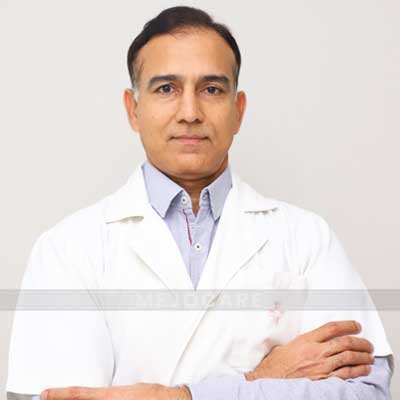
Orthopaedic and Joint Replacement Surgeon
32+ Years of Experience

Orthopaedic and Joint Replacement Surgeon
15+ Years of Experience

Orthopaedics & Joint Replacement Surgeon
25+ Years of Experience

Orthopedic Oncologist and Bone Cancer Surgeon
15+ Years of Experience

Beds: 539
New Delhi

Beds: 230
New Delhi
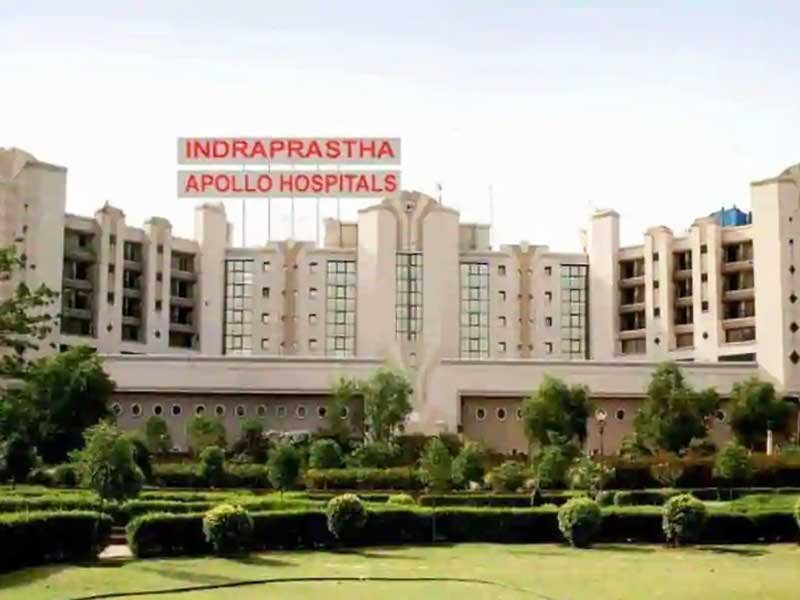
Beds: 710
New Delhi
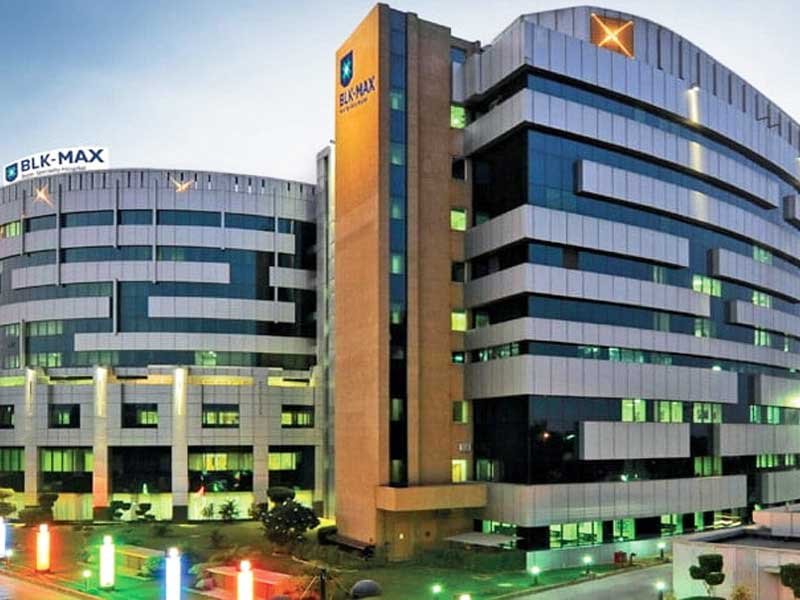
Beds: 650
New Delhi

Beds: 191
New Delhi

Beds: 310
New Delhi

Beds: 330
Gurugram
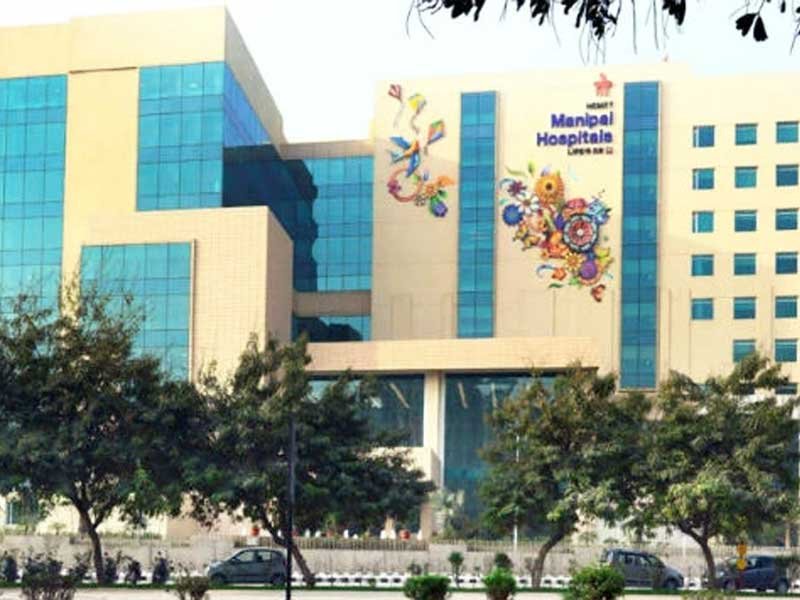
Beds: 380
New Delhi

Beds: 402
New Delhi

Beds: 1300+
Gurugram

Beds: 1000
New Delhi

Beds: 450
Faridabad

Beds: 675
New Delhi

Beds: 500
New Delhi

Beds: 400+
Faridabad

Beds: 106
New Delhi

Beds: 495
New Delhi

Beds: 504
Noida

Beds: 300
Faridabad

Beds: 104
Gurugram
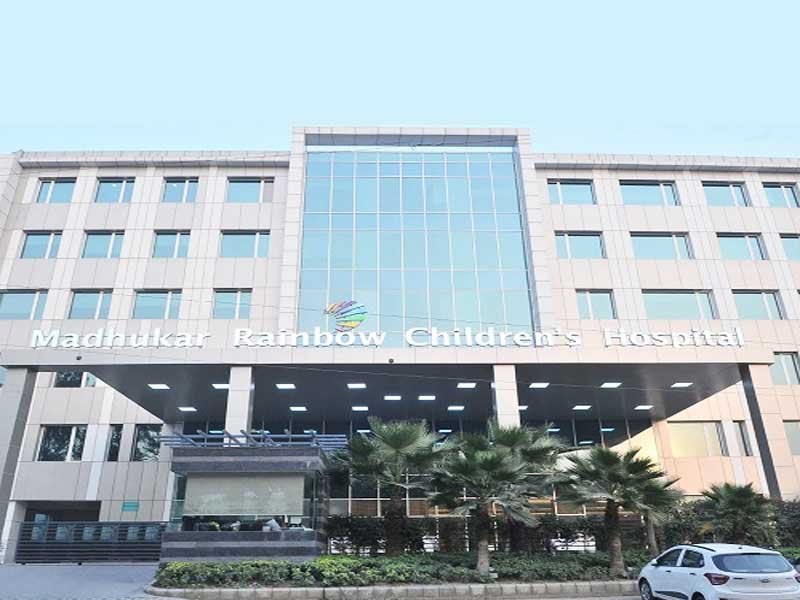
Beds: 130
New Delhi
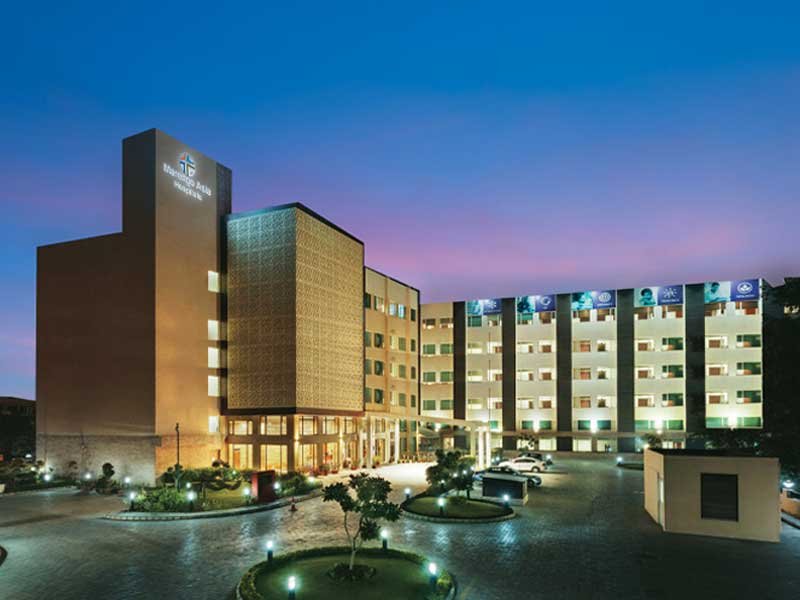
Beds: 250
Gurugram

Beds: 400
Noida

Beds: 425
Faridabad

Beds:
New Delhi

Beds: 300
Gurugram

Beds: 200
New Delhi
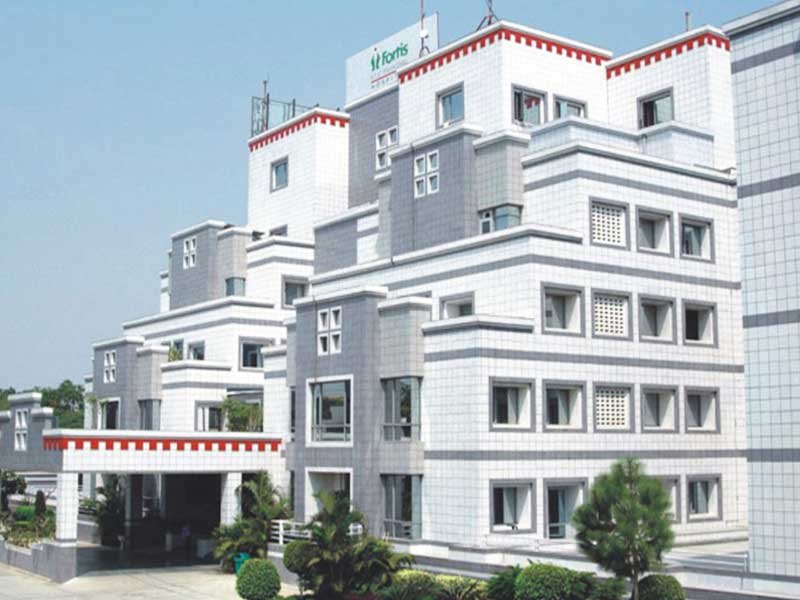
Beds: 162
New Delhi

Beds: 400+
New Delhi
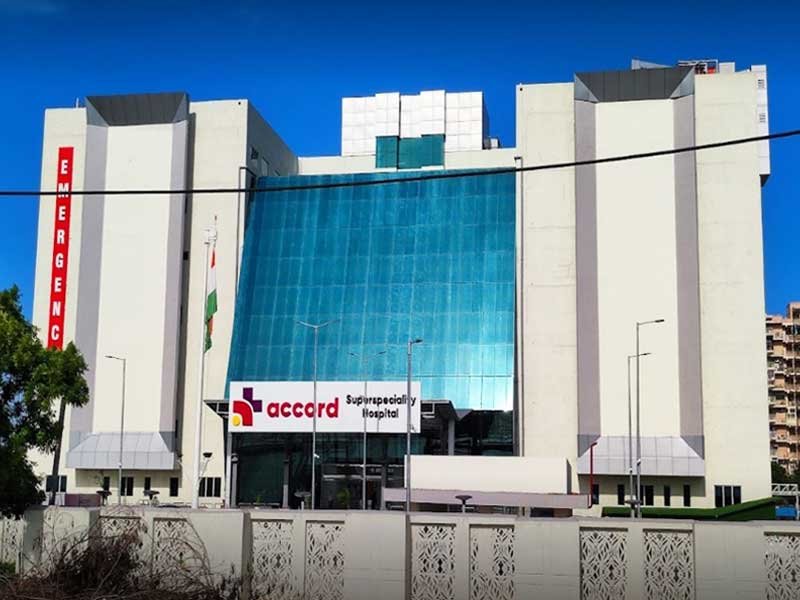
Beds: 380
Faridabad

Beds: 70
Gurugram

Beds: 262
New Delhi

Beds: 325
Faridabad

Beds: 550
Gurugram

Beds: 370+
Ghaziabad

Beds: 350
Gurugram

Beds: 2600
Faridabad

Beds: 7+
New Delhi

Beds: 71
Noida
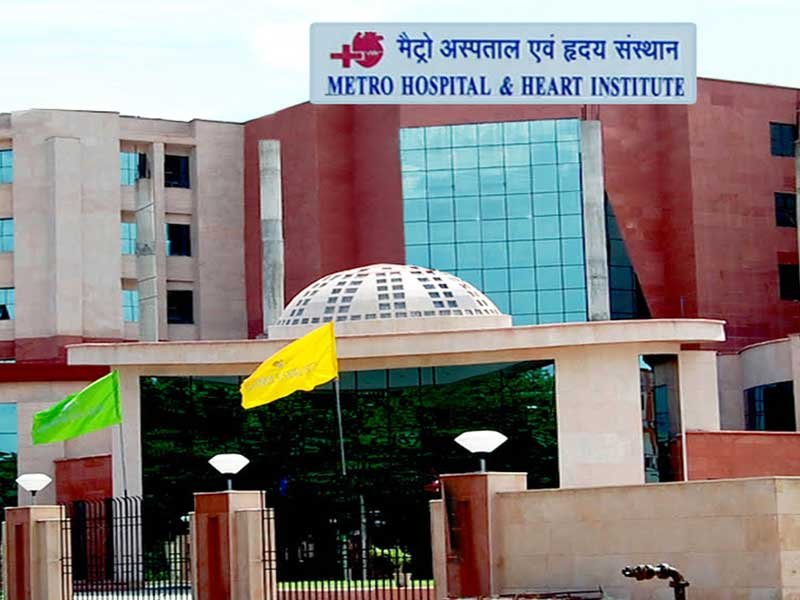
Beds: 289
Noida

Beds: 150
Gurugram

Beds: 90
Gurugram

Beds: 400
Noida

Beds: 450
Chennai

Beds: 560
Chennai

Beds: 400
Chennai

Beds: 300
Chennai

Beds:
Chennai
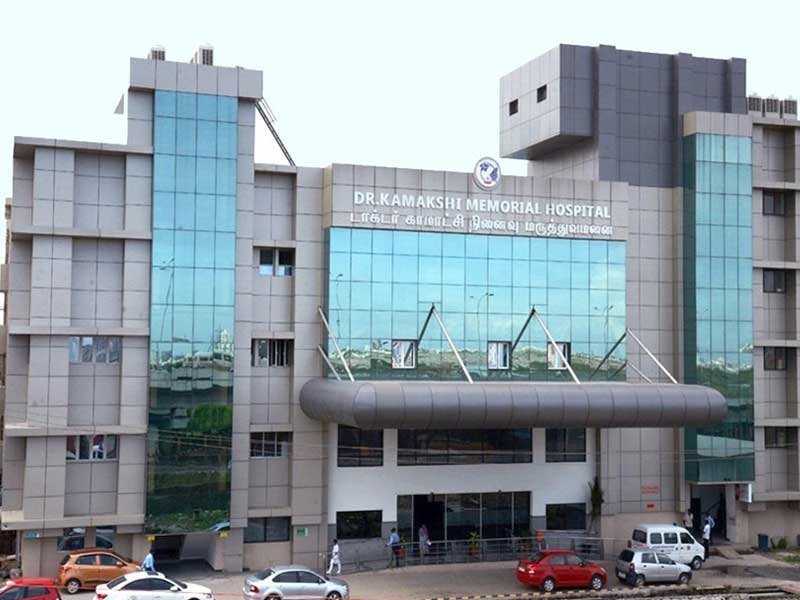
Beds: 300
Chennai

Beds: 180
Chennai

Beds: 200
Chennai

Beds: 750
Mumbai

Beds: 400
Hyderabad

Beds: 1000
Chennai

Beds: 360
Chennai

Beds: 750
Chennai

Beds: 350
Mumbai

Beds: 345
Mumbai

Beds: 400
Mumbai
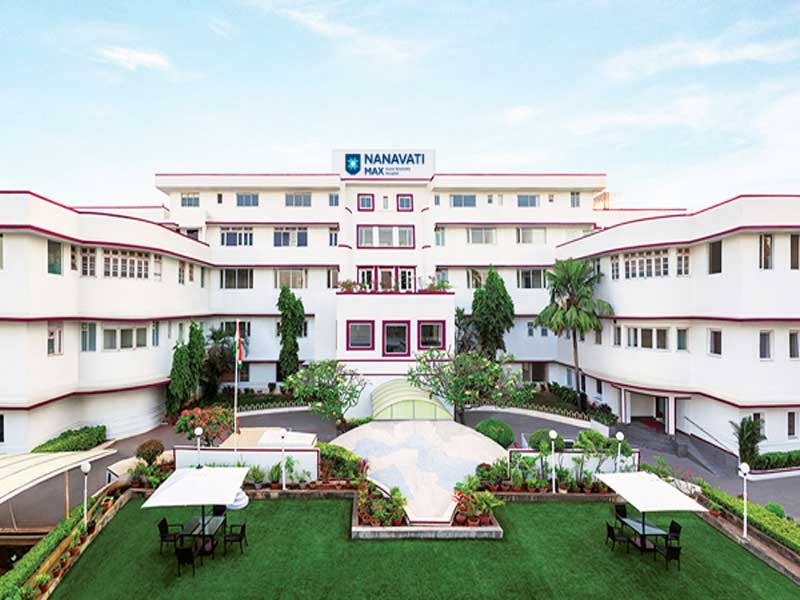
Beds: 350
Mumbai
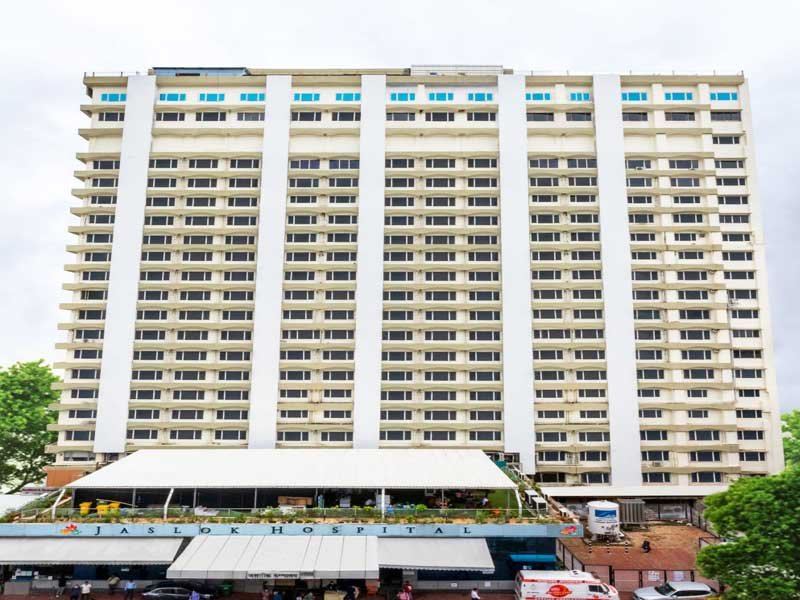
Beds: 350
Mumbai

Beds: 310
Mumbai

Beds: 257
Mumbai

Beds: 600
Bengaluru

Beds: 284
Bengaluru
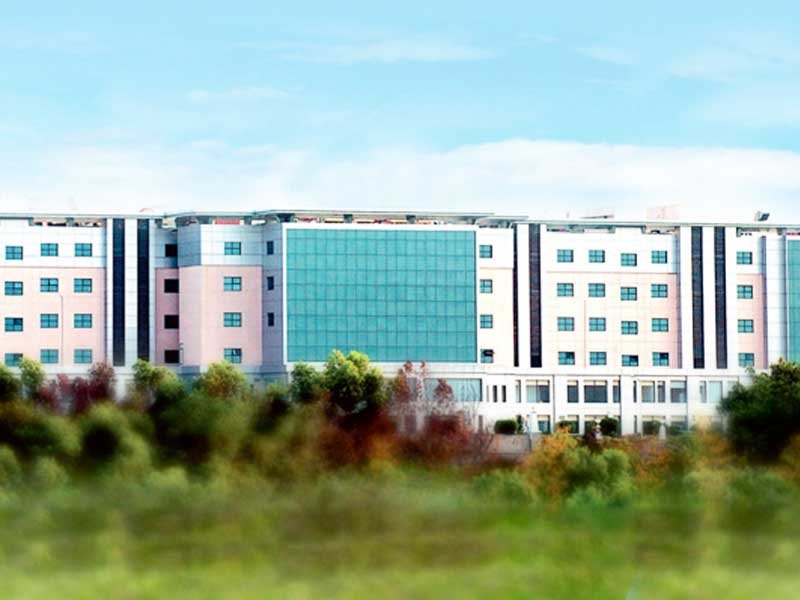
Beds: 450
Bengaluru
.jpg)
Beds: 500
Bengaluru

Beds: 250
Bengaluru

Beds: 80
Bengaluru

Beds: 284
Bengaluru

Beds: 350
Ahmedabad

Beds: 289
Ahmedabad

Beds: 201
Ahmedabad

Beds:
Ahmedabad

Beds: 550
Ahmedabad

Beds: 1000
Hyderabad

Beds: 550
Hyderabad

Beds: 200
Hyderabad

Beds: 204
Hyderabad

Beds: 400
Hyderabad

Beds: 435
Hyderabad

Beds: 585
Hyderabad
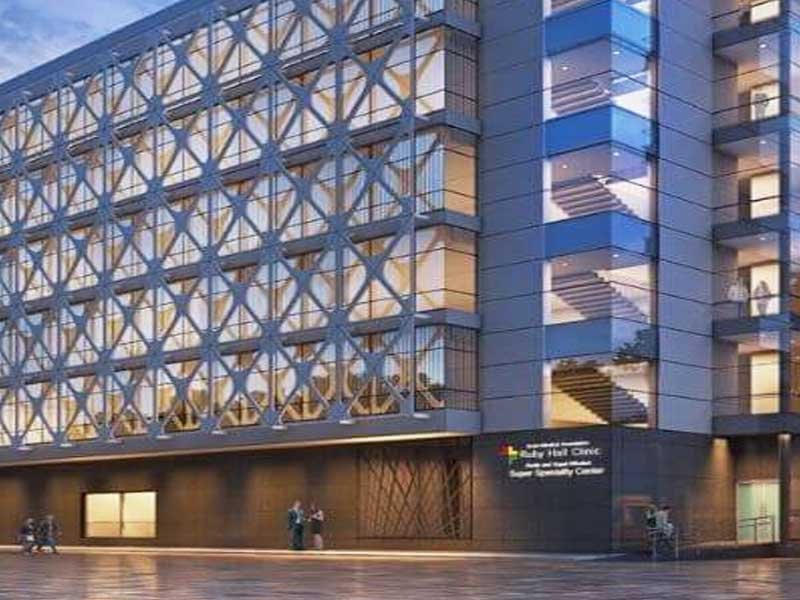
Beds: 600
Pune
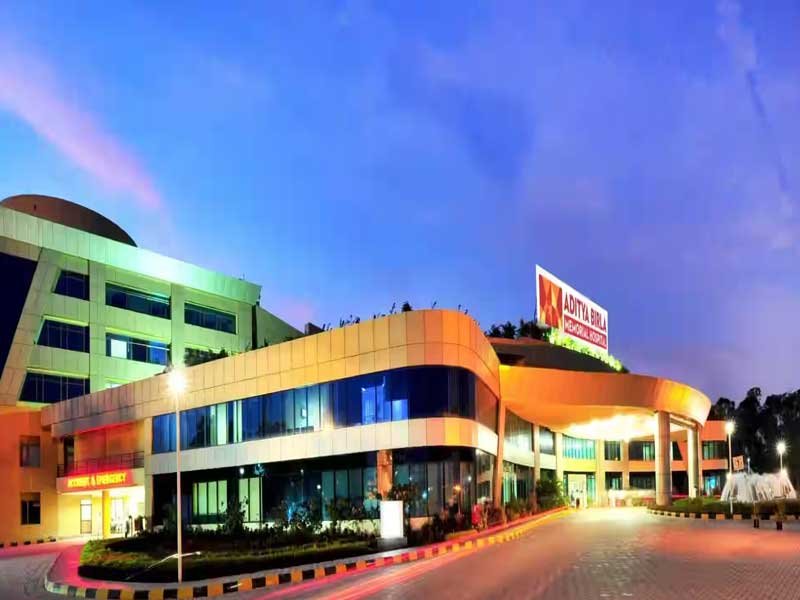
Beds: 500
Pune

Beds: 350+
Pune

Beds:
Pune

Beds: 120
Pune

Beds: 100
Pune

Beds: 300+
Kolkata

Beds: 700
Kolkata

Beds: 316
Kolkata

Beds: 440
Kolkata
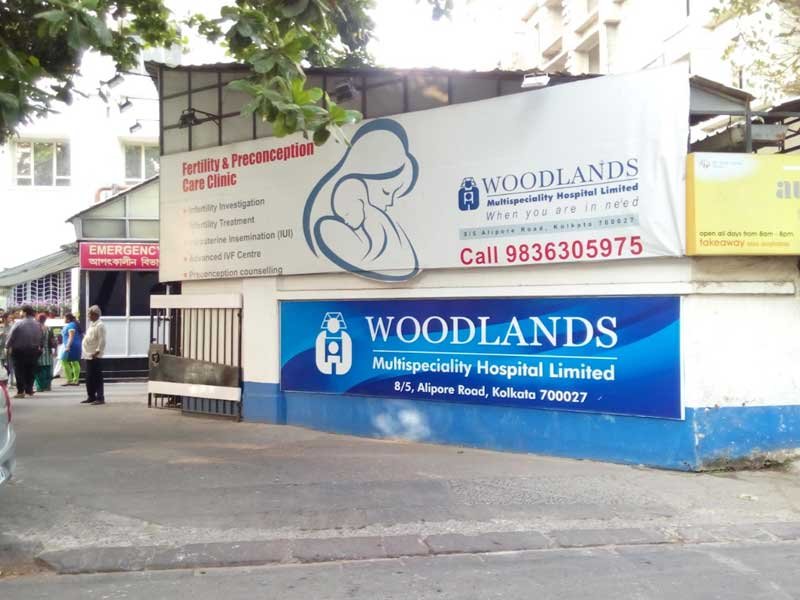
Beds: 200
Kolkata

Beds: 1300
Kochi

Beds: 600
Calicut

Beds: 670
Kochi

Beds: 510
Kochi

Beds:
Kochi
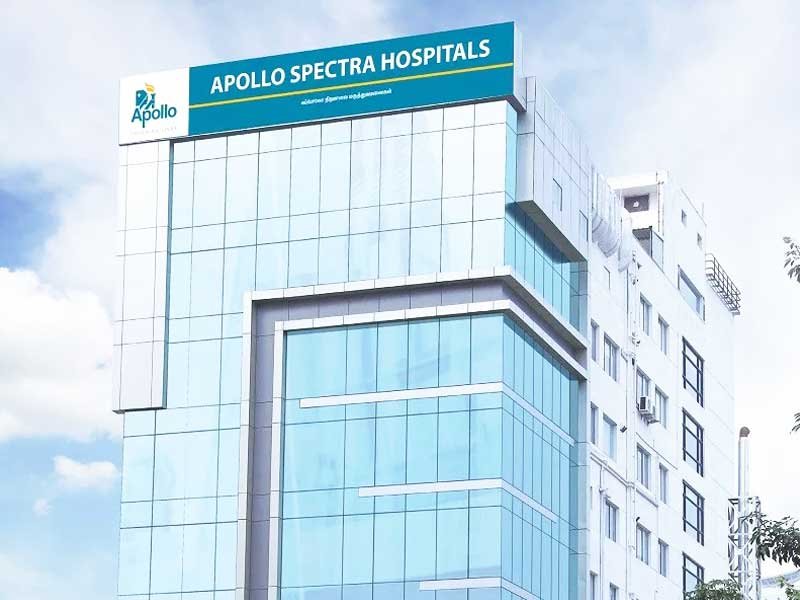
Beds: 20
Chennai
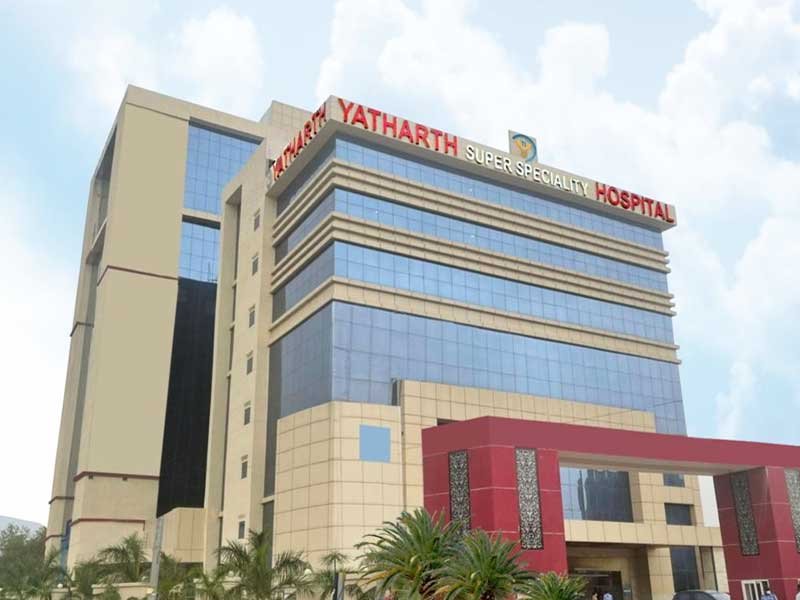
Beds: 450
Noida

Beds: 150
Hyderabad
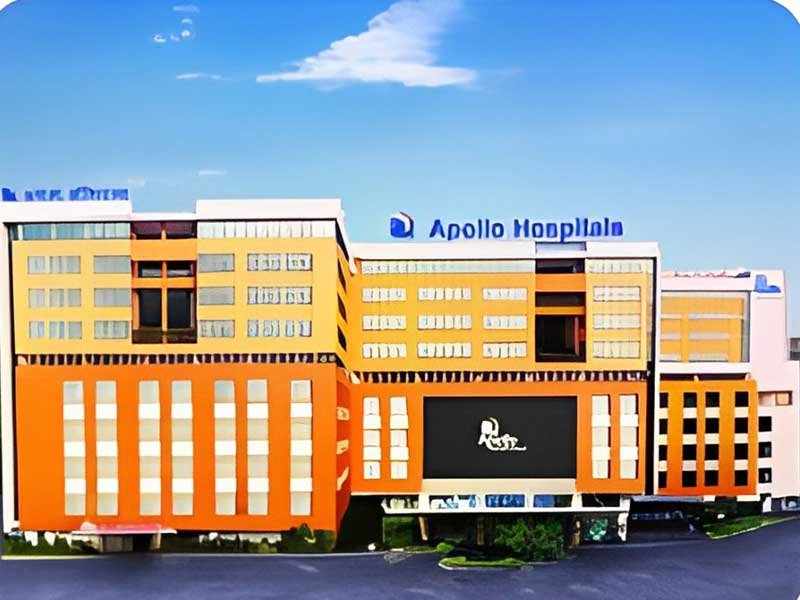
Beds: 500
Mumbai

Beds: 22
Mumbai
There are some non-surgical options also available in orthopedic treatment, which include physical therapy, medication, injections, bracing, and lifestyle changes like weight management and exercise.
Yes, there are many risks of orthopedic surgeries, which include infection, blood clots, and complications from anesthesia as well. But the most common risks may include joint pain, stiffness, nerve damage, delayed healing, or implant dislocation.
Yes, the orthopedic doctor treats back pain as well by diagnosing the cause of pain.
You can avoid issues by maintaining a healthy weight, staying physically active with joint-friendly exercises, and practicing good posture.
Weak bones and joints are mostly caused by insufficient calcium and vitamin D, a sedentary lifestyle, smoking, and excessive alcohol consumption.
Yes, an orthopedic doctor can treat arthritis because they are specialists in the musculoskeletal system, which includes both joints and bones.
To keep your joints healthy as you age, you must focus on staying physically active with low-impact exercises, maintaining a healthy weight to reduce joint strain, and eating a balanced diet rich in calcium and vitamin D.
The recovery process after joint replacement surgery varies and depends on how you’re taking care, whether you’re following the instructions given by the doctor, and the rehabilitation process.
Yes, orthopedic surgeries are generally safe for elderly patients, and many are now getting better due to the advanced technologies and better understanding of how to manage risks.
It is treated by immobilizing the broken bone with a cast or splint, or through surgery in complex cases in which metal rods, plates, or screws are used to hold the bone in place.
A bone may take 6 to 8 weeks to heal on average, but the healing time varies and depends on age, type of fracture, and the bone’s location.
Injuries such as sprains, strains, fractures, dislocations, and other joint issues are treated by orthopedics.
No, not all sports injuries require surgery because many minor injuries can be treated with non-surgical methods like rest, icing, compression, and elevation (RICE).
Rehabilitation programs usually take 14 to 30 days, and there are other programs that may take 2 to 3 months.
Yes, diet has a significant impact on bone and joint health by offering essential nutrients for building and maintaining strong bones and reducing inflammation.
Our care team can help you.
